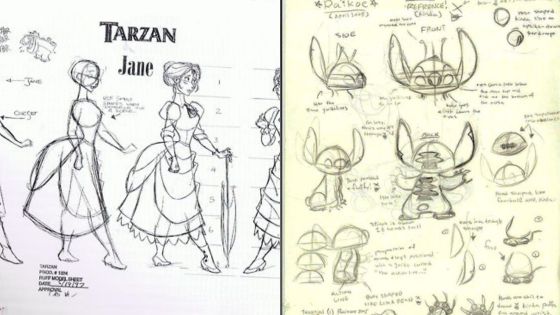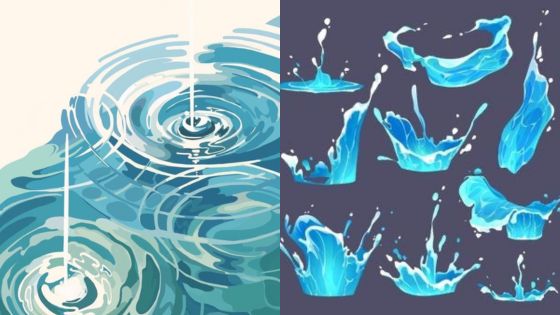
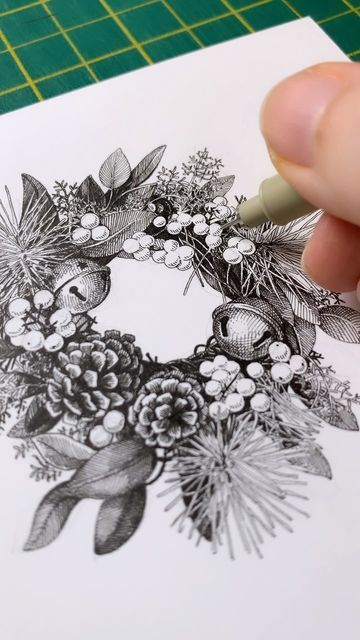
The arrival of January heralds more than just a new calendar year; for artists, it signifies a pristine canvas, a fresh start brimming with potential. This month, often characterized by quiet reflection, chilly landscapes, and the pursuit of new beginnings, offers a unique wellspring of inspiration. Elevating your art in the new year begins with intentional practice and a wealth of stimulating january drawing ideas that can ignite creativity and sharpen skills. As the world outside often retreats into a muted palette, artists can find vibrant inspiration in introspection, seasonal themes, and the ambition to cultivate new artistic habits. This period is an opportune moment to refine techniques, explore novel subjects, and set a robust foundation for a year of artistic growth.
The Significance of January for Artistic Renewal


January naturally lends itself to a mindset of renewal and goal-setting. For many, it’s a time to review the previous year’s accomplishments and challenges, paving the way for fresh objectives. In the realm of art, this translates into an excellent opportunity to establish new drawing routines, experiment with different mediums, or tackle subjects that have previously felt daunting. The quietude of winter days can be a catalyst for deeper focus, allowing artists to immerse themselves fully in their creative process without the distractions of warmer, more socially active months. It’s a prime time for introspection, where personal aspirations and observations can be channeled directly onto the page, fostering a more personal and meaningful artistic output. This reflective period can be utilized to truly understand your artistic voice and direction for the year ahead.
Embracing Winter’s Palette and Mood
Winter’s unique aesthetic offers a rich thematic playground for artists. The stark beauty of snow-covered landscapes, the muted tones of leafless trees, and the crisp, clear light of cold days provide distinct visual opportunities. These elements encourage artists to explore variations in texture, subtle color shifts, and dramatic contrasts between light and shadow.
Snowscapes and Frosty Vistas


Consider capturing the ethereal quality of snow. Focus on the interplay of light on snowdrifts, the intricate patterns of frost on windows, or the delicate structures of ice crystals. These subjects demand attention to detail and a nuanced understanding of tonal values. Experiment with different drawing tools to convey textures: fine liners for intricate frost patterns, soft pencils for the gentle undulations of snow, or charcoal for dramatic winter silhouettes against a pale sky. A common challenge is representing “white on white,” which can be overcome by focusing on the shadows and reflections that define form, rather than just the objects themselves. Drawing barren trees, skeletal against a winter sky, also presents a powerful study in line and form.
Warm Interiors and Still Life
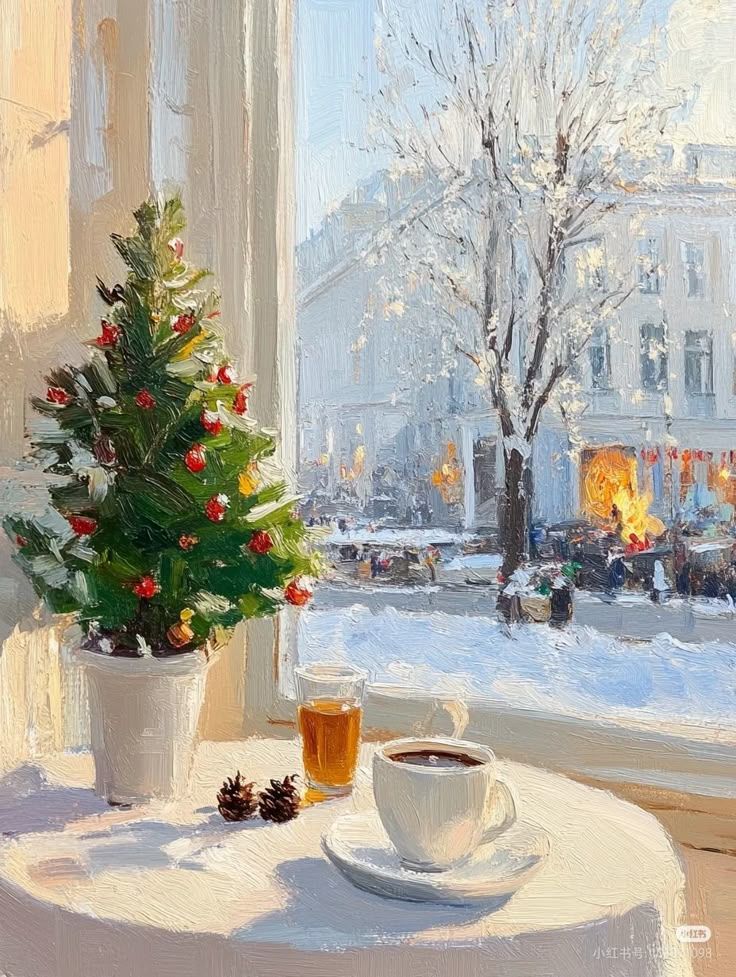
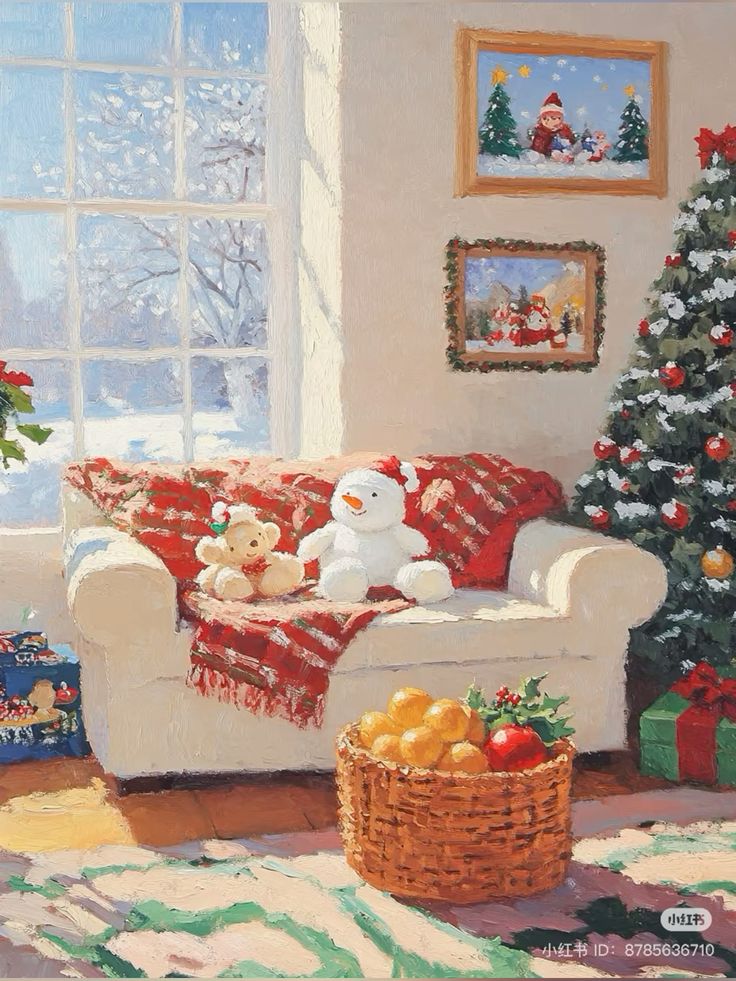
Counterbalance the external cold by focusing on the warmth and comfort of indoor environments. January is perfect for still life compositions featuring cozy elements: a steaming mug of tea, a stack of worn books, a flickering candle, or soft knitted fabrics. These arrangements allow for exploration of intricate details, varied textures, and the inviting glow of artificial light. Pay close attention to how light interacts with different materials—the translucency of glass, the softness of wool, the subtle sheen of ceramics. This practice not only enhances observational skills but also invites a sense of tranquility and intimacy into your artwork, resonating with the season’s inherent need for shelter and warmth.
Drawing from Personal Reflection and Goals
The turn of the year is intrinsically linked with personal growth and setting intentions. Harness this introspective energy to infuse your art with deeper meaning and purpose.
Vision Boards and Goal Mapping


Translate your New Year’s resolutions and aspirations into visual form. Create a “vision board” drawing, where abstract concepts like success, tranquility, or adventure are represented through symbols, metaphors, and specific imagery. If your goal is to travel, draw scenes from your dream destinations; if it’s personal growth, depict a journey or a blooming flower. This exercise is not only creatively stimulating but also serves as a powerful visual reminder of your commitments. It helps clarify what you truly desire for the coming year, making your art a direct extension of your personal development.
The Art of Self-Observation

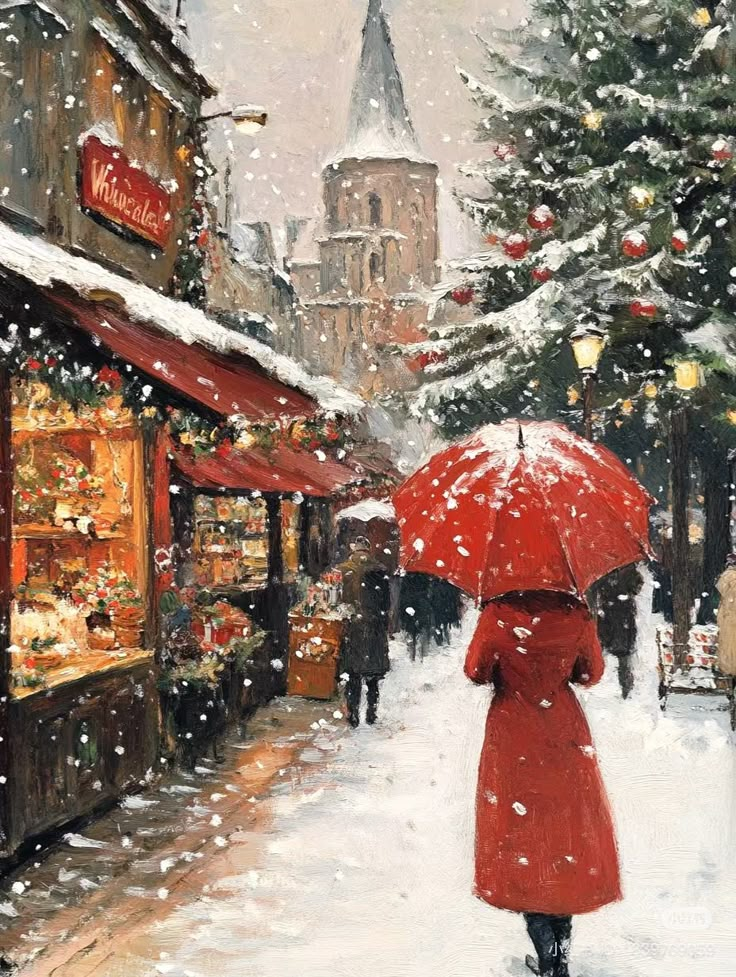
January also offers an excellent opportunity for self-portraiture or symbolic representations of your inner state. Explore different moods, expressions, or even abstract interpretations of your feelings. This can be a profound way to connect with your self and articulate emotions that words might fail to capture. Consider a series of self-portraits over the month, each reflecting a different aspect of your personality or an evolving perspective. This practice builds not only technical skill but also a deeper understanding of human emotion and form. For artists interested in developing characters or exploring narratives, engaging in detailed character design drawing ideas can be a valuable extension of self-observation, projecting inner worlds onto fictional personas.
Experimenting with New Techniques and Mediums
A new year is an ideal time to step out of your artistic comfort zone. Challenging yourself with unfamiliar techniques or mediums can lead to significant breakthroughs and broaden your creative repertoire.
Digital Art Exploration
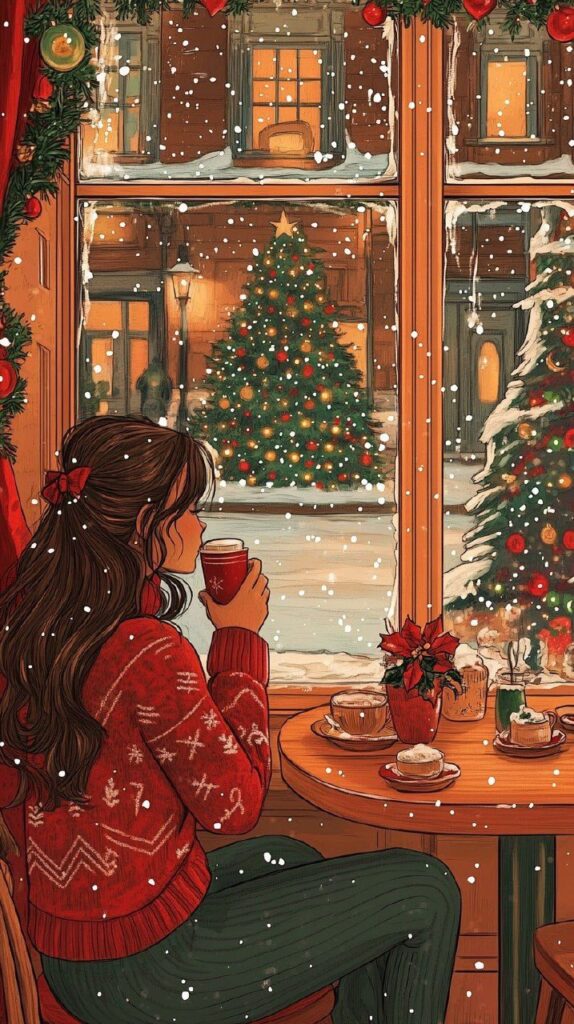
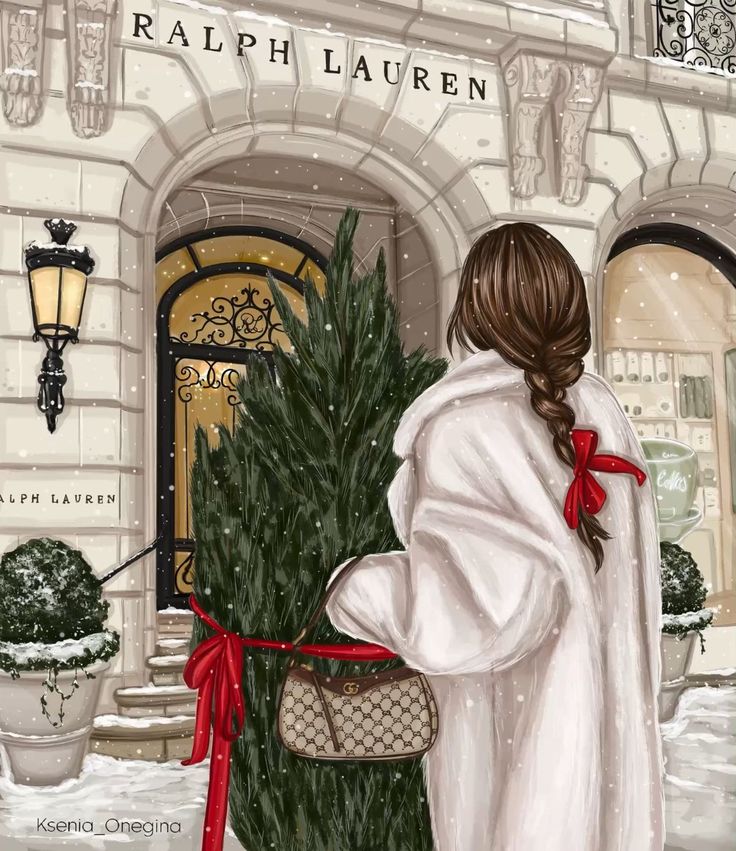
If you typically work with traditional media, dedicate January to exploring digital art. Software like Procreate, Photoshop, or Clip Studio Paint offers a vast array of tools, brushes, and effects. Experiment with digital painting, vector illustration, or even animation. Online tutorials and communities provide ample resources for beginners. Digital art often allows for experimentation without the material cost, making it an accessible avenue for growth. For those looking for a jumpstart, exploring diverse digital art ideas can provide a wealth of starting points and inspiration. Mastering digital tools can open up new professional opportunities and expand the scope of your artistic expression.
Traditional Media Rediscovery


Conversely, if digital art is your norm, consider dedicating time to traditional mediums like charcoal, pastels, ink, or watercolors. There’s an undeniable tactile pleasure and unique quality to physical materials that digital work cannot fully replicate. Experiment with blind contour drawing, continuous line drawing, or negative space drawing using these traditional tools. Each medium presents its own set of challenges and rewards, forcing you to think differently about form, texture, and light. For instance, watercolor demands a unique approach to layering and transparency, which can profoundly influence your understanding of color theory and paint handling.
Pros and Cons
| Pros (Structured Prompts) | Cons (Structured Prompts) |
|---|---|
| – Provides clear direction and overcomes creative blocks. | – Can feel restrictive, limiting organic creativity. |
| – Excellent for skill development and targeted practice. | – May lead to similar outcomes among different artists. |
| – Helps build consistency and daily drawing habits. | – Reduces opportunities for spontaneous artistic discovery. |
| – Offers a sense of accomplishment by completing specific tasks. | – Less emphasis on personal voice or unique interests. |
| – Great for beginners or when feeling overwhelmed. | – Could become a chore if not aligned with personal passion. |
| Pros (Free Exploration) | Cons (Free Exploration) |
|---|---|
| – Fosters originality and personal artistic expression. | – Can lead to indecision and “blank canvas” syndrome. |
| – Encourages spontaneous discovery and unexpected outcomes. | – Less effective for targeted skill improvement. |
| – More intrinsically motivating and enjoyable for some. | – May lack structure, making progress harder to track. |
| – Allows for fluid adaptation to current mood or inspiration. | – Might result in less finished work or fragmented ideas. |
| – Develops problem-solving skills and creative thinking. | – Can be overwhelming for artists lacking experience. |
Mastering Observational Drawing in the New Year
Observational drawing is the bedrock of visual art, sharpening your perception and technical accuracy. January’s slower pace is ideal for honing these skills, whether you’re sketching everyday objects or the subtle nuances of nature.
The Beauty of the Mundane

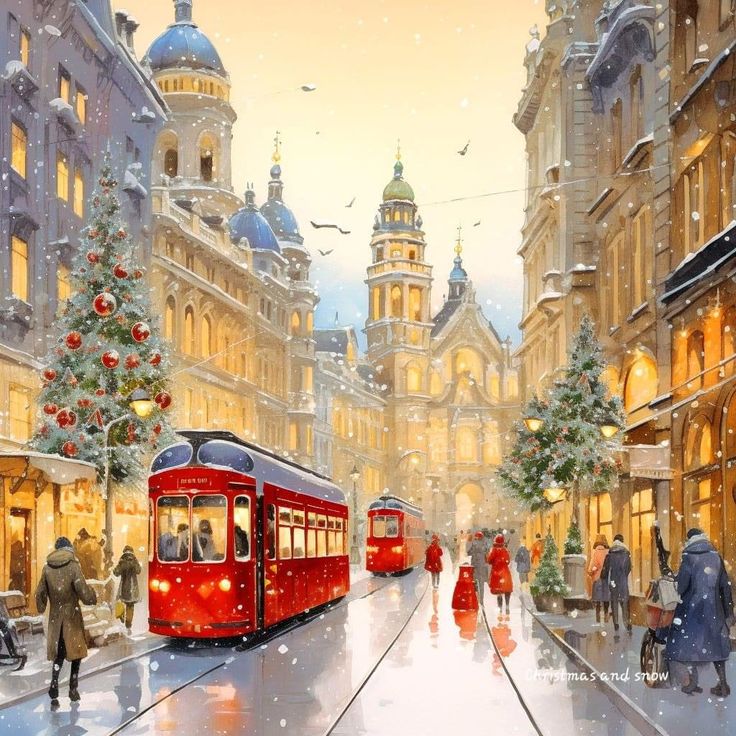
Turn your gaze to the ordinary objects around you. A forgotten teacup, a crumpled blanket, or a collection of household items can become fascinating subjects. The challenge lies in rendering these familiar forms with fresh eyes, capturing their volume, texture, and the way light falls upon them. This practice helps to train your hand-eye coordination and your ability to see beyond simple recognition, truly observing the intricate details that make up our environment. Regular observational drawing sessions, even short ones, can significantly improve your overall drawing proficiency. For example, trying to draw your day, creating a visual diary is a fantastic way to incorporate daily observational practice into your routine.
Capturing Ephemeral Moments
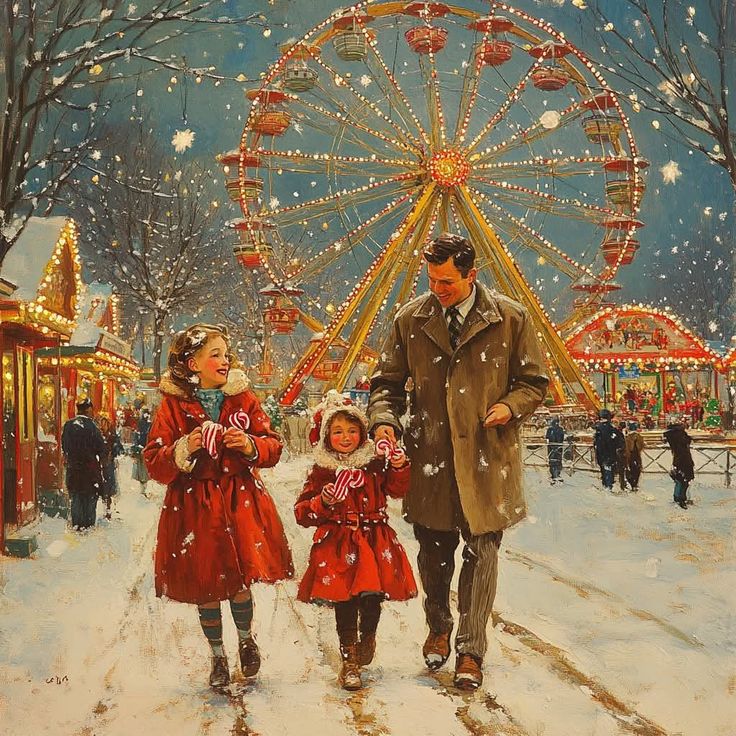

Winter also offers unique natural phenomena that are fleeting. Consider sketching melting icicles, the patterns a bird leaves in fresh snow, or the intricate forms of bare branches against a stormy sky. These subjects require quick sketching techniques and an ability to capture the essence of a moment before it disappears. This type of practice enhances your ability to work under pressure and make rapid artistic decisions, translating transient beauty into lasting art. Explore elements of nature that are often overlooked, such as trying to create an earth drawing that focuses on textures like soil, rocks, or even weather patterns.
Narrative and Storytelling Through Art
Beyond aesthetics, art can be a powerful tool for storytelling. January provides an excellent opportunity to develop skills in visual narrative, crafting stories through characters, settings, and sequential imagery.
Character Development
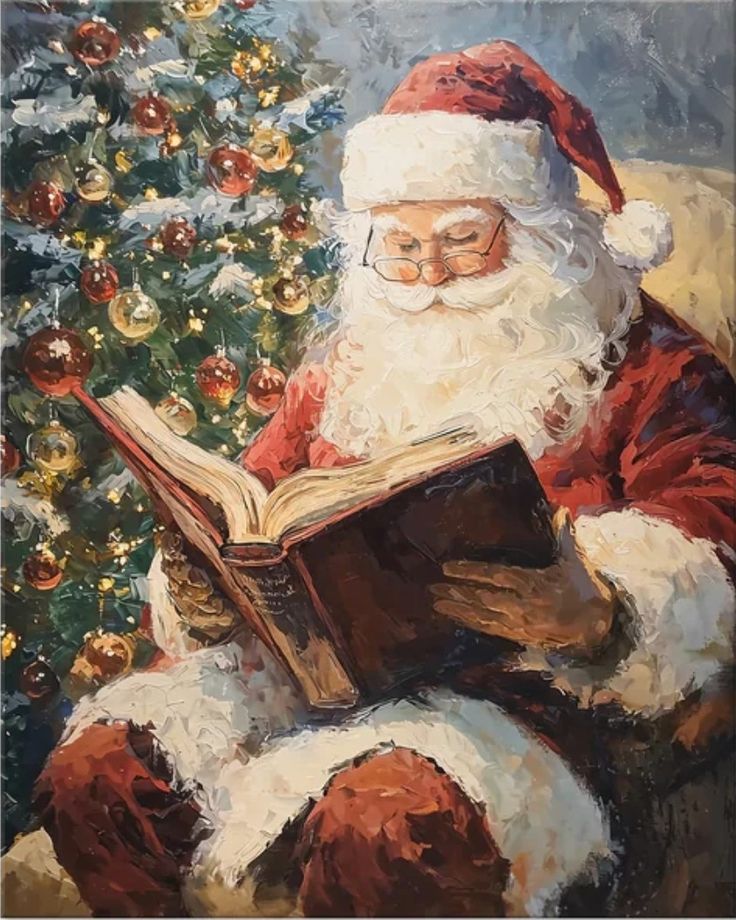
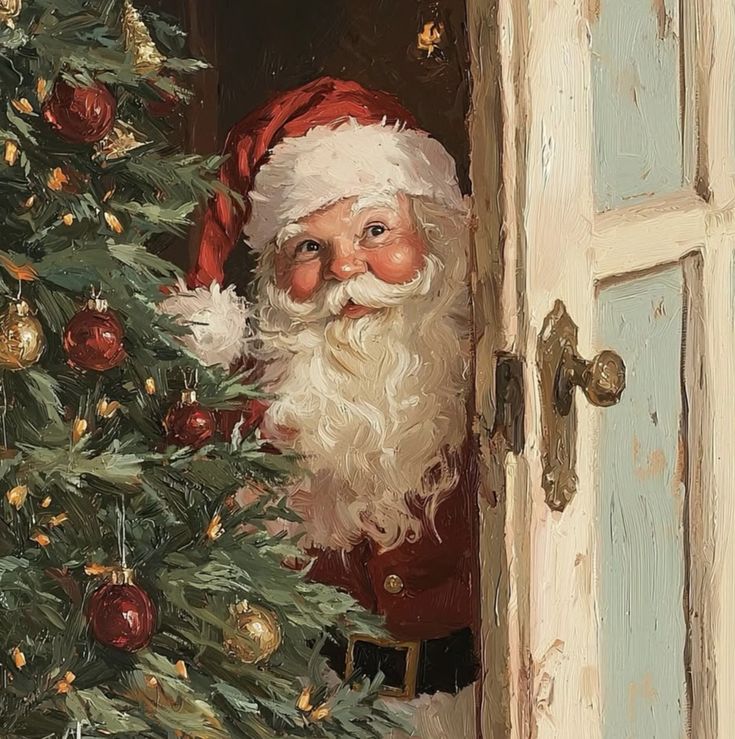
Challenge yourself to design characters that embody different aspects of the new year—perhaps a character representing hope, resilience, or introspection. Develop their facial expressions, body language, and costume to convey their personality and story. This is an essential skill for illustrators, concept artists, and animators. Focus on gesture and proportion to make your characters believable and dynamic. This kind of focused effort on creating compelling figures directly translates to character design drawing ideas that can enrich any narrative project.
Visual Story Arcs


Take a narrative concept—a New Year’s resolution unfolding, a winter journey, or a metaphorical tale of growth—and illustrate it through a series of drawings. Each drawing acts as a panel in a larger story, conveying progression, emotion, and setting. This exercise is beneficial for understanding composition, visual flow, and how to maintain consistency across multiple pieces. Experiment with different narrative structures, from simple three-panel sequences to more complex graphic novel pages. This approach forces you to think like a storyteller, using visuals to communicate a beginning, middle, and end.
Engaging with Art History and Great Masters

Learning from the past is a cornerstone of artistic development. January is an excellent time to delve into art history, studying how master artists approached themes similar to those you’re exploring.
Research winter landscapes by artists like Pieter Bruegel the Elder or Claude Monet, examining their techniques for capturing snow, light, and atmosphere. Analyze portraits by Rembrandt or Vermeer to understand their masterful use of light and shadow in conveying human emotion and form. Try to replicate a small section of an iconic painting to understand the brushstrokes, color choices, and composition. This is not about copying but about learning through emulation, internalizing the lessons of past masters. Exploring works like the 10 iconic paintings that will never go out of style can provide invaluable insights into enduring artistic principles and techniques that transcend time. Understanding how these artists solved visual problems can inform and elevate your own contemporary practice.
Community and Collaboration


While drawing can often be a solitary pursuit, engaging with other artists can be incredibly stimulating and motivational. January offers opportunities to connect, share, and grow collectively.
Participate in online drawing challenges specific to January themes (e.g., #JanuArt, #WinterSketch). Many art communities host daily or weekly prompts that encourage consistent practice and provide a platform for feedback. This can be a fantastic way to stay motivated, discover new artists, and expose your work to a wider audience. Consider collaborating on a project with a fellow artist, perhaps creating a shared visual diary or working on a themed series together. The exchange of ideas and mutual encouragement can push your artistic boundaries in unexpected ways.
Cultivating a Consistent Drawing Habit

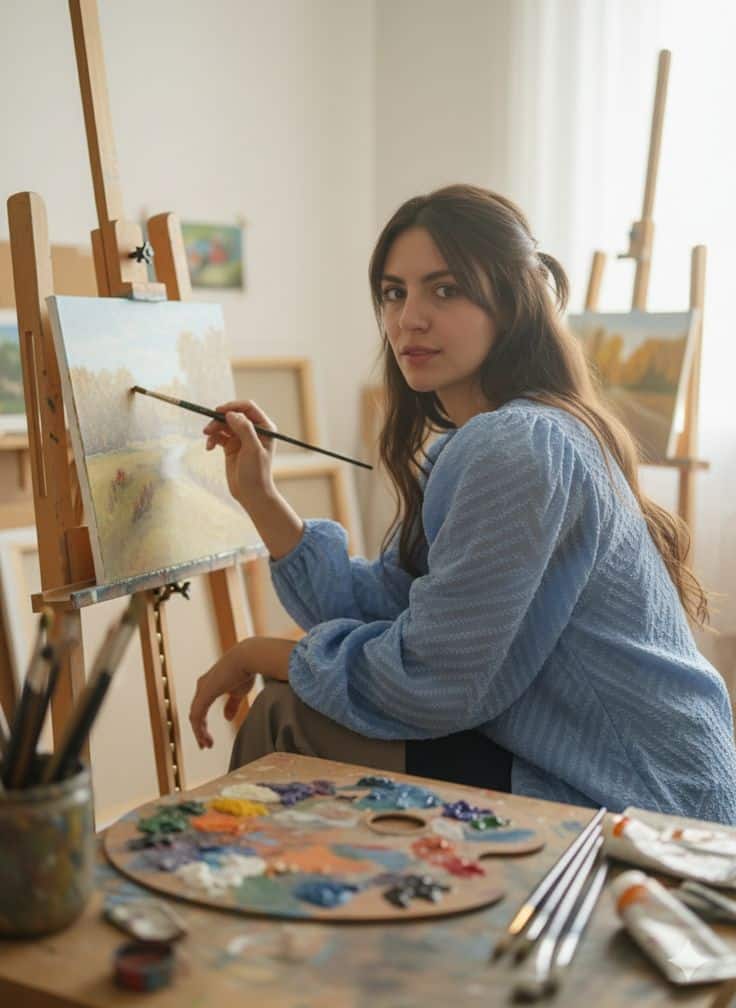
Perhaps the most valuable January drawing idea is the commitment to regular practice. Consistency is paramount for skill development, even more so than sporadic bursts of intense effort.
- Set Realistic Goals: Start with short, manageable drawing sessions (e.g., 15-30 minutes daily) rather than aiming for hours-long endeavors. Consistency over intensity.
- Establish a Routine: Incorporate drawing into your daily schedule, treating it like any other important appointment.
- Keep a Sketchbook Handy: Carry a sketchbook everywhere. You never know when inspiration will strike, or when you’ll have a few moments to sketch an observation or an idea.
- Don’t Fear the “Bad” Drawing: Not every drawing will be a masterpiece. The purpose of consistent practice is exploration and learning, not perfection. Embrace experimentation and see each drawing as a step in your artistic journey.
- Track Your Progress: Periodically review your work from the beginning of the month to see how much you’ve improved. This positive reinforcement can be incredibly motivating.
Conclusion
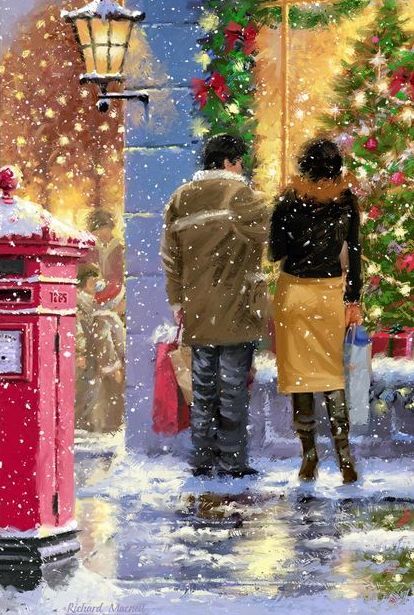
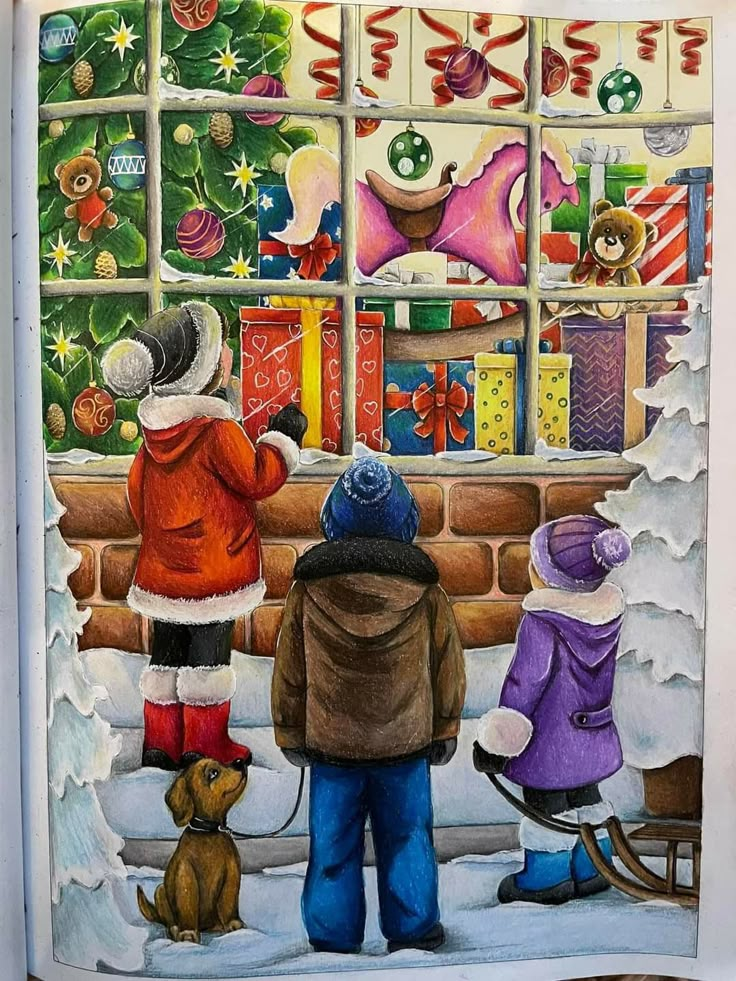
January is more than just the first month of the year; it’s an invitation for artistic reinvention and profound creative growth. By embracing the unique inspirations of the season—from the quiet beauty of winter landscapes to the warmth of indoor reflections—and coupling them with a disciplined approach to practice and exploration, artists can lay a robust foundation for an exceptional year ahead. Whether you’re experimenting with new mediums, refining observational skills, or diving deep into character development and visual storytelling, the array of January drawing ideas provides a fertile ground for cultivating your artistic voice. Use this time for reflection, set ambitious yet achievable goals, and commit to the consistent practice that will truly elevate your art. Seize this opportunity to transform your creative aspirations into tangible progress, ensuring that your artistic journey begins not just on a new page, but with a renewed sense of purpose and boundless potential. Let the fresh canvas of January inspire you to draw, explore, and grow.
- 20shares
- Facebook0
- Pinterest20
- Twitter0


